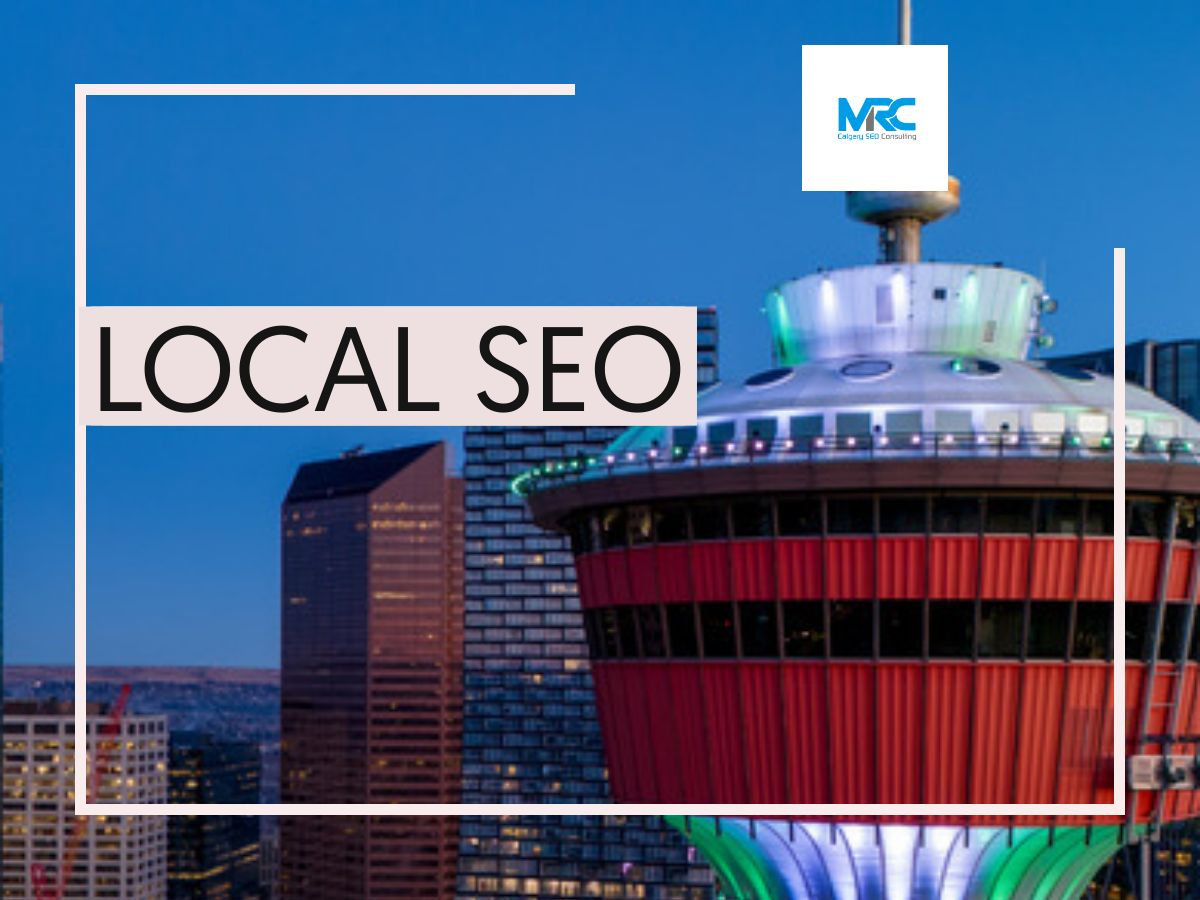Content Marketing
The world of business marketing is at a crossroads. What matters the most is your online presence and marketing across all digital sites rather than the size or location of the company.
According to statistics, almost seven billion local searches are performed each month, and about 90 percent of consumers rely on online platforms to find a local business. It indicates that if you want your business to flourish in the digital landscape, you have to be visible in Google Search results. And to do so, you have to apply local SEO tips and content marketing strategies that can help your business strive.
Local SEO strategies include offering relevant, local content that answers consumers’ concerns not only enhances their purchase experiences, but they also have a significant influence on how (and where) your business appears digitally.
If you want to learn more about how a strong mix of local SEO and content marketing may help your multi-location business thrive, you’ve come to the right place.
Similarities and Differences Between SEO and Content Marketing
The marketing department is nearly always in charge of both content marketing and SEO. As a result, SEO professionals and content marketing specialists frequently interact.
However, SEO entails several technical considerations, including the creation of sitemaps, the use of analytical tools, and the creation of URLs and tags. On the other hand, content marketing may be utilized to boost SEO, but it serves a far larger purpose.
The aims of content marketers and SEO professionals sometimes clash due to these variances. However, the marketing department has created several strategies for bringing SEO and content marketing together.
How Content Marketing and SEO Make A Powerful Combination
- Content quality always takes precedence over SEO
Weak material crammed with keywords isn’t going to cut it anymore. Furthermore, Google and other search engines are constantly changing their algorithms to penalize websites with thin and repeated content. As a result, the most effective method to improve SEO is to generate unique and interesting content.
- Keyword research is more important than keyword quantity
Because quantity no longer matters, SEO experts must conduct thorough keyword research. As long as the content fits what people are looking for, fewer keywords arranged correctly attract greater attention.
- Importance Of Catchy Headlines
The headline should not be a spur-of-the-moment decision. When it comes to SEO, the length and quality of the title are critical. It should be so appealing that people would feel driven to click on it.
- Use Of Internal Links
Internal linking boosts SEO in a variety of ways. It may give old content a fresh lease on life if it hasn’t gotten the attention it deserves. Furthermore, it resulted in an improvement as well as a higher ranking for particular keywords.
What Is The Best Way To Do SEO And Content Marketing For A Multi-Location Business?
1. Make Local Searches a Priority
If you don’t have the experience, knowledge, or money, optimizing for local searches might be difficult.
Here are a few pointers to assist you to improve your local SEO on a large scale.
● Generate Location Pages
Numerous multi-location companies make the mistake of putting all of their data on one single web page. This might jeopardize the local SEO efforts.
For each of your company locations, you’ll need to create unique, optimized pages. Building dedicated pages give you a better chance of ranking for local results.
● Keyword Research
The first stage is to do in-depth keyword research for your industry. To do so, first, identify your target audience, then determine the terms they are looking for. Just scroll down to the bottom of the page and note down the relevant searches.
Moreover, you can also use keyword research tools. Answerthepublic.com, SEMrush, Google Ads Keyword Planner Tool, Moz, and Keyword Tool are few examples.
● Mobile Search Optimization
Now take it a step further and make your site mobile-friendly. In 2015, searches for “nearby” or “near me” quadrupled, with mobile accounting for 80% of the total. Users aren’t only collecting data in these cases; they’re also forming an opinion.
Make your website mobile-friendly, maintain your data up to date, and acquire as many good ratings as possible.
2. Make Your Content More Local
Create a content plan for each area separately. While this may take more time and work initially, it will enable you to carefully target consumers looking for your services and goods in your area.
● Build a Logical URL Structure
This approach organizes your website, makes it more user-friendly, and makes it easier for search engines to interpret.
Please ensure that each location’s URL is geo-specific.
When building a URL structure, you must guarantee that each unique location page can be scanned and processed by search engines.
Always include a primary keyword, your address, and engaging content on your Homepage and the About Us page.
● Content Optimization
After you’ve improved your site’s structure, you’ll need to upload localized content. Ensure you’re publishing information that your consumers will find valuable. The very first step is to figure out who your target audience is and what their pain points are.
Consider their point of view. On social media, pay attention to them. Respond to their inquiries. Make a public announcement about local news or activities. Inquire about their thoughts. Not only will more prospective consumers find you before your rivals in a search, but they will also be more inclined to purchase from you since you give information related to them.
3. Never Underestimate the Power of Social Media
Local Facebook page content trumps national brand pages. Create a fan page. Advertise community events and provide Facebook users unique bonuses. The more a page’s participation, the more probable it is to appear in Facebook’s search engine results.
Also, stay active on YouTube, Twitter, Google+, Instagram, and all other social media channels that sound plausible for your company. Furthermore, include your site URL since Google utilizes it to enhance its search results, which helps you, rank higher.
4. Become a part of the local search ecosystem
To get optimum visibility with SEO, you must declare your business listing in the local google ecosystem for each location. You should register with all of the prominent, relevant websites in your industry.
A local business listing is nothing more than a portfolio that comprises your company’s name, location, contact information, URL, or other pertinent information. There are tens of thousands of internet portals where you may list your business for free.
Keep in mind that search engines are always about confidence, credibility, and trust.
5. Encourage Customer Reviews
According to studies, 88 percent of buyers believe internet reviews. People are more likely to click on your website address if there are favorable reviews beside it. It also has an impact on how your business appears in searches, particularly on sites that allow visitors to arrange results by favorable ratings.
Additionally, make it as simple as possible for clients to submit feedback on your site. The larger the number of good evaluations you receive, the more likely you are to bring your target clients to your business.
Conclusion
You can’t appreciate the importance of content marketing and local SEO until you’re in the industry. There is a lot of rivalry in a multi-location firm. To stand out and cater to a local community, you must address client concerns and establish trust, which can only be accomplished via content marketing.
Our local SEO and content marketing methods will assist you in being where your consumers are and in developing an effective approach to rank, advertise, and get your local business noticed. It takes effort to create relevant content for each site and service page, but it is well worth, if you’re concerned about SEO.
My name is Michael Chrest , I am the owner of MRC SEO Consulting , I have been working with websites since 2005 and started with a technical background in IT. Having worked with hundred of websites , doing design , technical work and search engine optimization I know what is required to get your website ranking. I spend a lot of time learning new SEO practices to keep up with the constant change Google put in place. Give me a call and let me show you what I can do for you.


